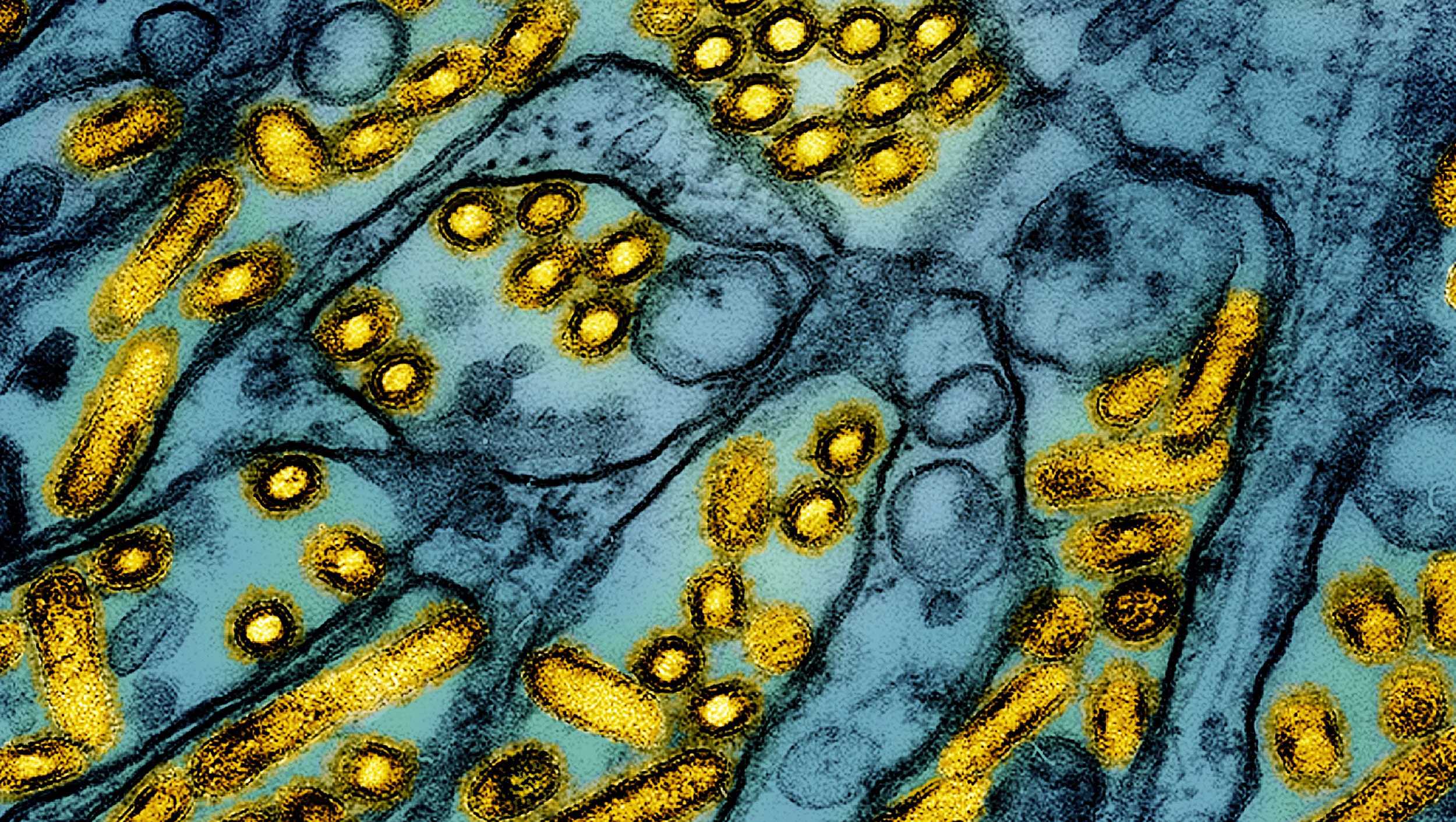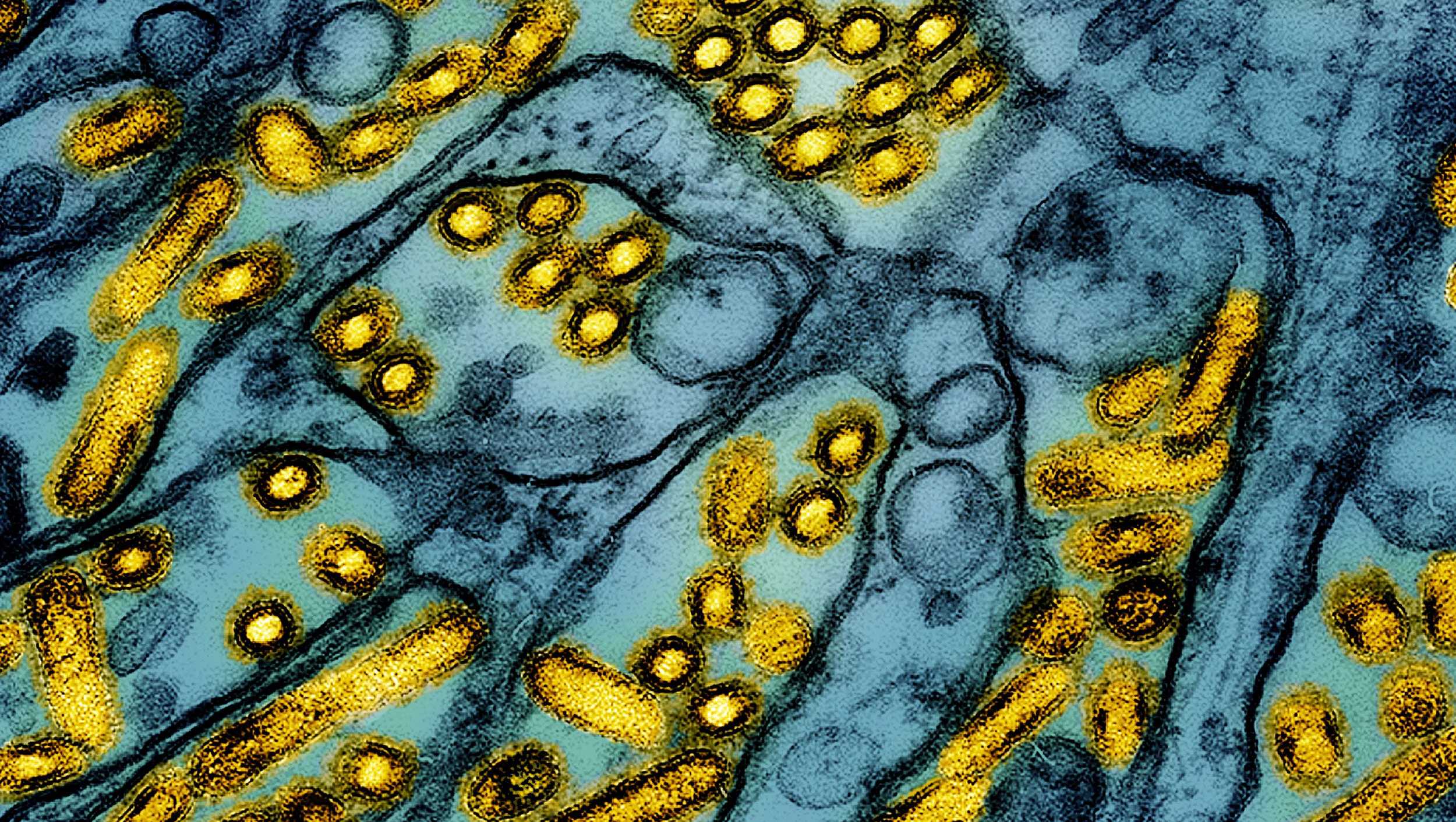
The 2025 Rose Parade Floats Come to Life in Pasadena Los Angeles Magazine
source

The 2025 Rose Parade Floats Come to Life in Pasadena Los Angeles Magazine
source

There’s already an expansion before they’ve even hit the track for the first event.
The rejuvenated International Hot Rod Association (IHRA) announced a significant expansion of the Nitro Jam Drag Racing Series during halftime of Saturday’s NFL game featuring the Cincinnati Bengals and Denver Broncos. The series will return with a 10-race schedule in 2025, marking the first events in a decade. Previous announcements had indicated the series would do a soft opening in 2025 with a three-race schedule.
That appears to be a thing of the past as IHRA has revealed fans can expect to see several iconic classes, including Top Fuel, Funny Car, Pro Mod, and Mountain Motor Pro Stock at all 2025 Nitro Jam events. Additional professional classes at select events will include 500-inch Pro Stock, Nitro Harley, Top Fuel Motorcycle, and Pro Stock Motorcycle.
A detailed breakdown of class locations will be included in the upcoming schedule release. Sportsman classes featured at every IHRA Nitro Jam event in 2025 will include Top Sportsman, Top Dragster, Quick Rod, Super Rod, Hot Rod, Super Stock, and Stock.
IHRA content will be broadcast on Speed Sport 1, reaching over 200 million consumers on mainstream platforms. It will also be available to 300 million users on major mobile platforms and streaming services at www.speedsport1.com.
“This is another incredible step in the #IHRAReturnToGlory,” IHRA President Kenny Nowling said. “Thanks to our new parent company, Cuttell Motorsports LLC as well as several current IHRA marketing partners and those who will be announced in the coming months, we will be taking the IHRA to unprecedented heights.”
Click here to share the article.
Since our inception, we have been passionately dedicated to delivering the most accurate, timely, and compelling content in the world of drag racing. Our readers depend on us for the latest news, in-depth features, expert analysis, and exclusive interviews that connect you to the sport’s pulse.
There’s already an expansion before they’ve even hit the track for the first event.
The rejuvenated International Hot Rod Association (IHRA) announced a significant expansion of the Nitro Jam Drag Racing Series during halftime of Saturday’s NFL game featuring the Cincinnati Bengals and Denver Broncos. The series will return with a 10-race schedule in 2025, marking the first events in a decade. Previous announcements had indicated the series would do a soft opening in 2025 with a three-race schedule.
That appears to be a thing of the past as IHRA has revealed fans can expect to see several iconic classes, including Top Fuel, Funny Car, Pro Mod, and Mountain Motor Pro Stock at all 2025 Nitro Jam events. Additional professional classes at select events will include 500-inch Pro Stock, Nitro Harley, Top Fuel Motorcycle, and Pro Stock Motorcycle.
A detailed breakdown of class locations will be included in the upcoming schedule release. Sportsman classes featured at every IHRA Nitro Jam event in 2025 will include Top Sportsman, Top Dragster, Quick Rod, Super Rod, Hot Rod, Super Stock, and Stock.
IHRA content will be broadcast on Speed Sport 1, reaching over 200 million consumers on mainstream platforms. It will also be available to 300 million users on major mobile platforms and streaming services at www.speedsport1.com.
“This is another incredible step in the #IHRAReturnToGlory,” IHRA President Kenny Nowling said. “Thanks to our new parent company, Cuttell Motorsports LLC as well as several current IHRA marketing partners and those who will be announced in the coming months, we will be taking the IHRA to unprecedented heights.”
Lorem ipsum dolor sit amet consectetur adipiscing elit dolor
Explore more action packed posts on Competition Plus, where we dive into the latest in Drag Racing News. Discover a range of topics, from race coverage to in-depth interviews, to keep you informed and entertained.
There’s already an expansion before they’ve even hit the track for the first event. The rejuvenated International Hot Rod Association (IHRA) announced a significant
Competition Plus © 2024 | All rights reserved | Privacy Policy

Flickering Myth
Geek Culture | Movies, TV, Comic Books & Video Games
by 
Hulu has released the first look at their Glen Powell-headlined half-hour comedy series Chad Powers, which stars the Hit Man and Twisters actor as a disgraced hotshot quarterback who goes undercover in order to save his career.
Co-created and written by Powell and Michael Waldron (Loki), Chad Powers also stars Perry Mattfeld as Ricky, Quentin Plair as Coach Byrd, Wynn Everett as Tricia, Frankie A. Rodriguez as Danny and Steve Zahn as Jake Hudson. Check out the teaser below…
“When bad behavior nukes hotshot QB Russ Holliday’s college career, he disguises himself and walks onto a struggling Southern football team as the talented, affable Chad Powers.”
Chad Powers will touchdown on Hulu sometime in Fall 2025.
Filed Under: Matt Rodgers, News, Television, Trailers
© Flickering Myth Limited. All rights reserved. The reproduction, modification, distribution, or republication of the content without permission is strictly prohibited. Movie titles, images, etc. are registered trademarks / copyright their respective rights holders. Read our Terms of Use and Privacy Policy. If you can read this, you don’t need glasses.

HANNIBAL (WGEM) – Following a three-month wait, the Mega Millions jackpot was finally won by a player in Northern California.
On Tuesday, the Mega Millions lottery jackpot reached into 10 figures for the 7th time in history. Millions of tickets were purchased around the country, but no winner was picked for three months. However, on Friday, a victor was found.
One local lottery player said there’s no hard feelings for him even though he’s not taking home the jackpot.
“Anytime anyone wins money in this economy, it’s always a good thing so good for them,” said lottery player Don Hall.
The final total jackpot was $1.22 billion, the 5th highest total in the history of the game. However, despite the high number, the winner will not walk away with all of it and will have two options to take their prize.
The winner, who is anonymous, can take the money in annual installments or take a lump sum totaling around $550 million. Those totals do not include the high tax rate on large lottery winnings.
Another local lottery player said if you don’t play, you can’t win.
“Scared money doesn’t make money so you got to bet it to win it. I’m a fan of it, I support anyone that. Clearly it paid off this time,” explained Ryan Dempsey, another lottery player.
The next Mega Millions drawing takes place on Tuesday, with an estimated jackpot of $20 million.
Copyright 2024 WGEM. All rights reserved.

National Lottery Lotto results LIVE: Numbers for tonight’s draw – Saturday, December 28 Manchester Evening News
source

‘The pandemic clock is ticking,’ one scientist said. ‘We just don’t know what time it is.’
‘The pandemic clock is ticking,’ one scientist said. ‘We just don’t know what time it is.’
‘The pandemic clock is ticking,’ one scientist said. ‘We just don’t know what time it is.’
The U.S. hasn’t learned lessons from the COVID-19 pandemic that it could use to mitigate the threat of pathogens like H5N1 bird flu that keep showing signs of their own pandemic potential, health experts told CNN Friday.
Related video above: First severe bird flu case in the US reported
“We kind of have our head in the sand about how widespread this is from the zoonotic standpoint, from the animal-to-human standpoint,” Dr. Deborah Birx, the White House coronavirus response coordinator under President Donald Trump, said on “CNN Newsroom” with Pamela Brown.
Birx called for much wider-spread testing of farm workers who make up the majority of identified cases in the U.S., noting the country is heading into an even higher-risk period as seasonal flu begins to circulate. That raises the possibility a person could get infected with both seasonal flu and H5N1, and the viruses could swap gene segments, Birx said, giving the bird flu virus more tools to better infect humans, a phenomenon known as reassortment.
A spokesperson for the U.S. Centers for Disease Control and Prevention pushed back on Friday, telling CNN in a statement that the “comments about avian flu (H5N1) testing are out of date, misleading and inaccurate.”
“Despite data indicating that asymptomatic infections are rare, CDC changed its recommendations back in November to widen the testing net to include testing asymptomatic people with high-risk exposure to avian flu, and during the summer, it instructed hospitals to continue subtyping flu viruses as part of the nationwide monitoring effort, instead of the normal ramping down of surveillance at the end of flu season,” the spokesperson said.
“The result: more than 70,000 specimens have been tested, looking for novel flu viruses; more than 10,000 people exposed to avian flu have been monitored for symptoms, and 540 people have been tested specifically for H5N1,” the spokesperson continued. “Additionally, CDC partnerships with commercial labs mean that H5N1 tests are now available to doctor’s offices around the country, significantly increasing testing capacity.”
The CDC added it has a seasonal flu vaccination campaign underway for farm workers in states with infected herds to help protect them from seasonal flu and to reduce the chance of reassortment with the H5N1 virus.
The agency has also said there’s currently no human-to-human spread of H5N1. But risks continue to emerge that the virus could evolve to more easily infect people.
The CDC reported Thursday that a genetic analysis of samples from the patient in Louisiana recently hospitalized with the country’s first severe case of H5N1 show the virus likely mutated in the patient to become potentially more transmissible to humans, but there’s no evidence the virus has been passed to anyone else.
The patient was likely infected after having contact with sick and dead birds in a backyard flock, the CDC said earlier this month. In its Thursday analysis, the agency said the mutations it identified in samples taken during the patient’s hospitalization weren’t found in the birds, suggesting they aren’t in the virus widely circulating in wildlife.
The mutations, similar to ones observed in a hospitalized patient in British Columbia, Canada, may make it easier for the virus to bind to cell receptors in humans’ upper respiratory tracts, the CDC said.
“The changes observed were likely generated by replication of this virus in the patient with advanced disease rather than primarily transmitted at the time of infection,” the agency said. “Although concerning, and a reminder that A(H5N1) viruses can develop changes during the clinical course of a human infection, these changes would be more concerning if found in animal hosts or in early stages of infection … when these changes might be more likely to facilitate spread to close contacts.”
The CDC emphasized the risk to the general public has not changed and remains low, but said the detection of the genetic mutations “underscores the importance of ongoing genomic surveillance in people and animals, containment of avian influenza A(H5) outbreaks in dairy cattle and poultry, and prevention measures among people with exposure to infected animals or environments.”
The analysis found no changes associated with markers that might mean antiviral drugs wouldn’t work as well against the virus, the CDC added, and noted the samples are closely related to strains that could be used to make vaccines, if needed.
The sequences also didn’t show changes in genes associated with adaptation to mammals, the CDC found. The patient was infected with a strain known as D1.1 that’s closely related to viruses circulating in wild birds and poultry in the U.S.; another strain known as B3.13 has been spreading widely in dairy cows and hasn’t been found to cause severe disease in humans in the U.S.
“While this sounds like good news, the H5N1 situation remains grim,” Dr. Angela Rasmussen, a virologist at the Vaccine and Infectious Disease Organization at the University of Saskatchewan in Canada, posted on Bluesky on Thursday.
“There has been an explosion of human cases,” she said. “We don’t know what combination of mutations would lead to a pandemic H5N1 virus … but the more humans are infected, the more chances a pandemic virus will emerge.”
The CDC has confirmed 65 cases of H5N1 bird flu in humans in 2024. Of those, 39 were associated with dairy herds and 23 with poultry farms and culling operations. For two cases, the source of exposure is unknown. The severe case in Louisiana is the only one associated with backyard flocks.
Dr. Paul Offit, a vaccine scientist at Children’s Hospital of Philadelphia, noted the CDC said the mutations “may” enable the virus to bind better to cell receptors in humans’ upper respiratory tracts, not that they clearly do.
“I’d like to see clear evidence … that it binds well,” Offit told CNN Friday. “That hasn’t happened yet.”
“And more importantly,” Offit added, “there’s not the clinical relevance that you see human-to-human spread.”
The spread among animals like cows, though, has some health experts on high alert. Since the virus was first found in cattle in March, outbreaks have been detected in herds in 16 states.
This month, the U.S. Department of Agriculture began a national milk testing program to track the spread of the virus through dairy cattle, and the agency has thus far brought on 13 states that account for almost half of the country’s dairy production.
The program requires that raw milk samples be collected before the pasteurization process and shared with USDA for testing.
Government agencies say pasteurization inactivates the virus, making pasteurized milk safe to drink. The Food and Drug Administration and other health agencies warn consumers not to drink raw milk, not just because of the risk of H5N1 but also E. coli, salmonella and listeria.
That the H5N1 virus has already spread so rapidly among cattle, though, suggests “the USDA has basically dropped the ball, big-time,” said Dr. Michael Osterholm, director of the Center for Infectious Disease Research and Policy at the University of Minnesota, in an interview with CNN Friday. “I think it was out of fear to protect the industry. And they thought it was going to burn out, and it didn’t.”
Osterholm also said the US and others around the world should have done more to examine lessons from the Covid-19 pandemic, and to accelerate work improving flu vaccines.
And, he noted, “You’ve got the new administration coming and saying they’re going to do in infectious diseases [research] for the next eight years,” referring to comments made by President Trump’s nominee to lead the US Department of Health and Human Services, Robert F. Kennedy, Jr.
Osterholm said his risk assessment for H5N1 hasn’t changed as a result of the Louisiana findings this week, but that he’s always concerned about the threat pathogens like the bird flu virus pose.
“The pandemic clock is ticking,” Osterholm said. “We just don’t know what time it is.”
Hearst Television participates in various affiliate marketing programs, which means we may get paid commissions on editorially chosen products purchased through our links to retailer sites.

‘The pandemic clock is ticking,’ one scientist said. ‘We just don’t know what time it is.’
‘The pandemic clock is ticking,’ one scientist said. ‘We just don’t know what time it is.’
‘The pandemic clock is ticking,’ one scientist said. ‘We just don’t know what time it is.’
The U.S. hasn’t learned lessons from the COVID-19 pandemic that it could use to mitigate the threat of pathogens like H5N1 bird flu that keep showing signs of their own pandemic potential, health experts told CNN Friday.
Related video above: First severe bird flu case in the US reported
“We kind of have our head in the sand about how widespread this is from the zoonotic standpoint, from the animal-to-human standpoint,” Dr. Deborah Birx, the White House coronavirus response coordinator under President Donald Trump, said on “CNN Newsroom” with Pamela Brown.
Birx called for much wider-spread testing of farm workers who make up the majority of identified cases in the U.S., noting the country is heading into an even higher-risk period as seasonal flu begins to circulate. That raises the possibility a person could get infected with both seasonal flu and H5N1, and the viruses could swap gene segments, Birx said, giving the bird flu virus more tools to better infect humans, a phenomenon known as reassortment.
A spokesperson for the U.S. Centers for Disease Control and Prevention pushed back on Friday, telling CNN in a statement that the “comments about avian flu (H5N1) testing are out of date, misleading and inaccurate.”
“Despite data indicating that asymptomatic infections are rare, CDC changed its recommendations back in November to widen the testing net to include testing asymptomatic people with high-risk exposure to avian flu, and during the summer, it instructed hospitals to continue subtyping flu viruses as part of the nationwide monitoring effort, instead of the normal ramping down of surveillance at the end of flu season,” the spokesperson said.
“The result: more than 70,000 specimens have been tested, looking for novel flu viruses; more than 10,000 people exposed to avian flu have been monitored for symptoms, and 540 people have been tested specifically for H5N1,” the spokesperson continued. “Additionally, CDC partnerships with commercial labs mean that H5N1 tests are now available to doctor’s offices around the country, significantly increasing testing capacity.”
The CDC added it has a seasonal flu vaccination campaign underway for farm workers in states with infected herds to help protect them from seasonal flu and to reduce the chance of reassortment with the H5N1 virus.
The agency has also said there’s currently no human-to-human spread of H5N1. But risks continue to emerge that the virus could evolve to more easily infect people.
The CDC reported Thursday that a genetic analysis of samples from the patient in Louisiana recently hospitalized with the country’s first severe case of H5N1 show the virus likely mutated in the patient to become potentially more transmissible to humans, but there’s no evidence the virus has been passed to anyone else.
The patient was likely infected after having contact with sick and dead birds in a backyard flock, the CDC said earlier this month. In its Thursday analysis, the agency said the mutations it identified in samples taken during the patient’s hospitalization weren’t found in the birds, suggesting they aren’t in the virus widely circulating in wildlife.
The mutations, similar to ones observed in a hospitalized patient in British Columbia, Canada, may make it easier for the virus to bind to cell receptors in humans’ upper respiratory tracts, the CDC said.
“The changes observed were likely generated by replication of this virus in the patient with advanced disease rather than primarily transmitted at the time of infection,” the agency said. “Although concerning, and a reminder that A(H5N1) viruses can develop changes during the clinical course of a human infection, these changes would be more concerning if found in animal hosts or in early stages of infection … when these changes might be more likely to facilitate spread to close contacts.”
The CDC emphasized the risk to the general public has not changed and remains low, but said the detection of the genetic mutations “underscores the importance of ongoing genomic surveillance in people and animals, containment of avian influenza A(H5) outbreaks in dairy cattle and poultry, and prevention measures among people with exposure to infected animals or environments.”
The analysis found no changes associated with markers that might mean antiviral drugs wouldn’t work as well against the virus, the CDC added, and noted the samples are closely related to strains that could be used to make vaccines, if needed.
The sequences also didn’t show changes in genes associated with adaptation to mammals, the CDC found. The patient was infected with a strain known as D1.1 that’s closely related to viruses circulating in wild birds and poultry in the U.S.; another strain known as B3.13 has been spreading widely in dairy cows and hasn’t been found to cause severe disease in humans in the U.S.
“While this sounds like good news, the H5N1 situation remains grim,” Dr. Angela Rasmussen, a virologist at the Vaccine and Infectious Disease Organization at the University of Saskatchewan in Canada, posted on Bluesky on Thursday.
“There has been an explosion of human cases,” she said. “We don’t know what combination of mutations would lead to a pandemic H5N1 virus … but the more humans are infected, the more chances a pandemic virus will emerge.”
The CDC has confirmed 65 cases of H5N1 bird flu in humans in 2024. Of those, 39 were associated with dairy herds and 23 with poultry farms and culling operations. For two cases, the source of exposure is unknown. The severe case in Louisiana is the only one associated with backyard flocks.
Dr. Paul Offit, a vaccine scientist at Children’s Hospital of Philadelphia, noted the CDC said the mutations “may” enable the virus to bind better to cell receptors in humans’ upper respiratory tracts, not that they clearly do.
“I’d like to see clear evidence … that it binds well,” Offit told CNN Friday. “That hasn’t happened yet.”
“And more importantly,” Offit added, “there’s not the clinical relevance that you see human-to-human spread.”
The spread among animals like cows, though, has some health experts on high alert. Since the virus was first found in cattle in March, outbreaks have been detected in herds in 16 states.
This month, the U.S. Department of Agriculture began a national milk testing program to track the spread of the virus through dairy cattle, and the agency has thus far brought on 13 states that account for almost half of the country’s dairy production.
The program requires that raw milk samples be collected before the pasteurization process and shared with USDA for testing.
Government agencies say pasteurization inactivates the virus, making pasteurized milk safe to drink. The Food and Drug Administration and other health agencies warn consumers not to drink raw milk, not just because of the risk of H5N1 but also E. coli, salmonella and listeria.
That the H5N1 virus has already spread so rapidly among cattle, though, suggests “the USDA has basically dropped the ball, big-time,” said Dr. Michael Osterholm, director of the Center for Infectious Disease Research and Policy at the University of Minnesota, in an interview with CNN Friday. “I think it was out of fear to protect the industry. And they thought it was going to burn out, and it didn’t.”
Osterholm also said the US and others around the world should have done more to examine lessons from the Covid-19 pandemic, and to accelerate work improving flu vaccines.
And, he noted, “You’ve got the new administration coming and saying they’re going to do in infectious diseases [research] for the next eight years,” referring to comments made by President Trump’s nominee to lead the US Department of Health and Human Services, Robert F. Kennedy, Jr.
Osterholm said his risk assessment for H5N1 hasn’t changed as a result of the Louisiana findings this week, but that he’s always concerned about the threat pathogens like the bird flu virus pose.
“The pandemic clock is ticking,” Osterholm said. “We just don’t know what time it is.”
Hearst Television participates in various affiliate marketing programs, which means we may get paid commissions on editorially chosen products purchased through our links to retailer sites.